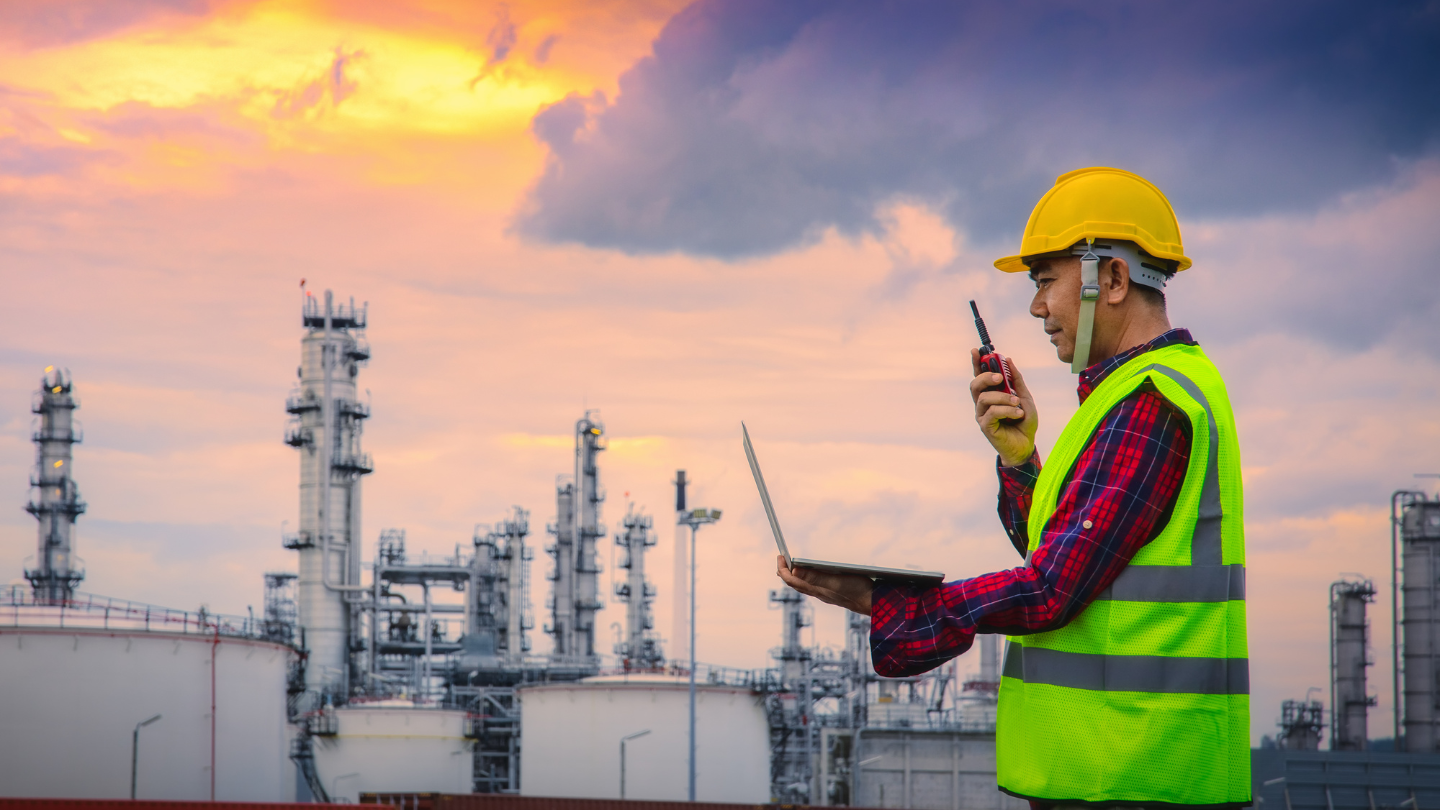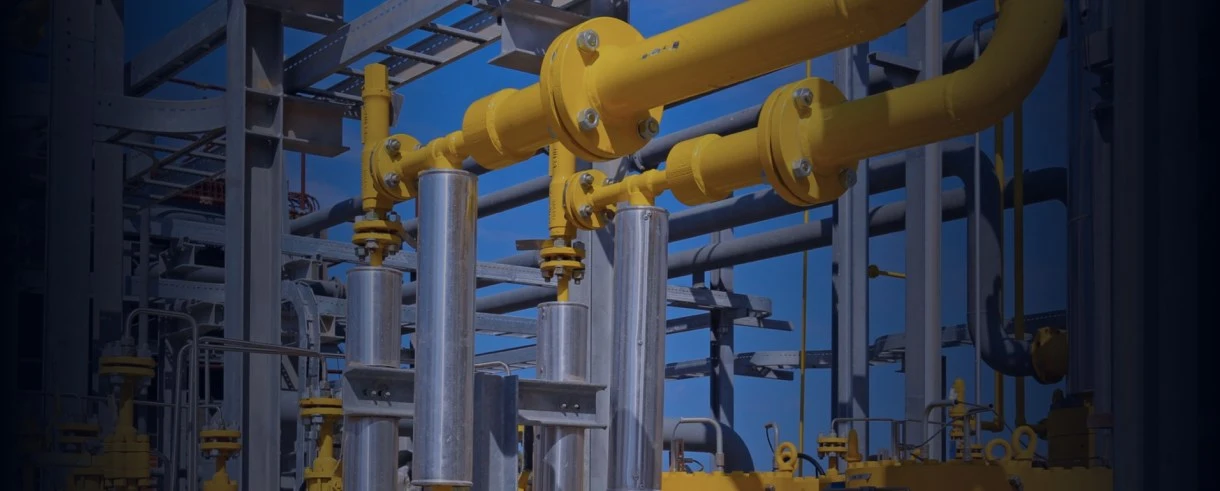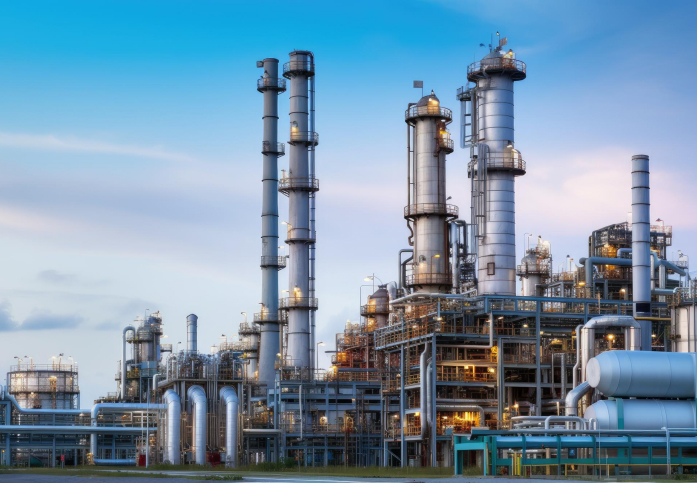Introduction: Why Methane Emissions Mitigation Is a Priority
If you work in the energy sector, you know methane is the next big frontier. It’s a powerful greenhouse gas, far more potent than carbon dioxide in the short term, and the pressure from regulators, investors, and the public to deal with it is only getting stronger. For us in the oil and gas, chemicals, and utilities sectors, getting serious about Methane Emissions Mitigation isn’t just an environmental choice, it’s a fundamental business necessity that impacts capital access, operational risk, and long-term license to operate.
We can no longer afford to guess where gas is escaping. The goal now is precision: identifying, quantifying, and eliminating leaks quickly and efficiently. The good news is that we finally have the digital tools to get this job done right.
Key Sources of Methane Emissions in Energy and Process Industries
Before we can fix the problem, we have to know precisely where the gas is coming from. Methane Emissions come from a variety of sources across the industrial lifecycle, and they generally fall into three buckets:
- Venting and Flaring: Intentional releases occur during maintenance, equipment depressurization, or when systems overload, necessitating safety measures. Flaring is preferable to venting, but it still constitutes an emission source.
- Fugitive Emissions: These are the insidious ones, unintended leaks from equipment like valves, pumps, compressors, and connectors. These small, chronic leaks often add up to the biggest portion of the problem.
- Operational Failures: Large, intermittent releases caused by major component failures or process upsets, often leading to significant, short-duration spikes in Methane Emissions.
The key takeaway is that these sources are spread across thousands of kilometers of pipelines and equipment, making manual inspection unreliable and costly.
Challenges in Reducing Methane Emissions
You wouldn’t be reading this if reducing methane emissions were easy. There are huge technical difficulties that hold back effective Methane Emissions Mitigation:
- The Invisibility Problem: Methane is colorless and odorless. Unlike a broken pump that shakes loudly, a small leak is impossible to spot without specialized and often expensive equipment.
- Scale and Accessibility: Operators manage vast networks of assets, often in remote or dangerous locations. Sending crews out to manually inspect every flange and valve is inefficient and resource-intensive.
- Intermittency: Many large leaks are not constant. They might only occur during a specific pressure change or operational stage, meaning they are easily missed during scheduled inspections.
- Data Disconnect: Current monitoring data, satellite imagery, or drone scans often end up in a different system than the asset management and process data, making it hard to connect a specific leak to a specific piece of equipment needing repair.
Suggested Read: The Future of Process Engineering in Refineries: AI and Automation
How Digital Twins and Analytics Enable Methane Emissions Mitigation
The solution to the scale and visibility problem is digital innovation. We need to move from periodic inspections to continuous, real-time methane monitoring that integrates directly with operational controls.
This is where Digital Twins and advanced analytics become game changers:
- Digital Twins as Virtual Laboratories: A Digital Twin is a perfect, living virtual copy of a physical asset, a plant, a pipeline, or an offshore rig. By feeding process data (temperature, pressure, flow) into the Twin, engineers can see the context of a leak. When a methane detection system alerts on a leak, the Twin instantly shows the operator exactly which valve is failing, what its maintenance history is, and what the safer shutdown procedure should be.
- Predictive Analytics for Fugitive Emissions: Advanced analytics moves us beyond detection and into prediction. Instead of waiting for a pump seal to leak, AI algorithms sift through millions of data points, flagging tiny deviations in vibration or temperature that suggest a leak is about to happen. This allows for preemptive maintenance, which is the most effective form of reducing methane emissions.
- Integrated Reporting: By connecting all data sources, process, maintenance, and emissions, analytics platforms automatically calculate, verify, and report emissions data, ensuring precise and reliable compliance with global frameworks.
Roadmap to Reducing Methane Emissions in Energy Operations
Here is a clear, five-step strategy for achieving superior Methane Emissions Mitigation using digital tools.
Step 1: Conduct Baseline Methane Assessment
Start with a thorough, enterprise-wide measurement of your existing Methane Emissions. This should combine manual inspections, handheld devices, and satellite data to establish a reliable baseline. Without this clear starting point, you cannot prove success or accurately calculate the ROI of Methane Emissions Mitigation. This assessment also helps prioritize the assets that pose the largest risk.
Step 2: Deploy Advanced Methane Detection Systems
Move away from traditional inspection methods. Implement modern, continuous methane detection systems such as fixed optical gas imaging cameras, drone-based sensors, or satellite monitoring for large area coverage. The key here is connectivity: these systems must be able to push their data immediately and reliably into a central data lake for analysis.
Step 3: Integrate Digital Twin Solutions and Analytics
This is the core of the strategy. Take the data feeds from your methane detection systems and your core process controls (SCADA) and layer them onto a Digital Twin of the facility. Use real-time methane monitoring analytics to instantly correlate leak alerts with operational data. For example, if methane emissions monitoring spikes, the system should immediately flag the specific piece of equipment on the Twin’s diagram and generate a maintenance work order, drastically cutting down the time from detection to repair.
Step 4: Implement Methane Capture and Utilization Technologies
Once you have identified chronic venting or high-volume sources, implement specialized methane reduction technologies. This includes installing vapor recovery units, converting high-bleed pneumatic devices to low-bleed or electric, and routing vented gas to pipelines for sale or use as fuel. This turns an emission problem into a potential revenue stream, further enhancing your ROI.
Step 5: Ensure Compliance with Methane Reporting Frameworks
The final step is leveraging the integrated data to automate reporting. Use your analytics platform to securely store all sensor readings, repair logs, and emissions calculations. This ensures that when new regulations hit, whether from the EPA or global investor groups, you can effortlessly prove compliance with verified, continuous methane emissions monitoring data.
ROI of Methane Emissions Mitigation
The financial argument for reducing methane emissions is strong and getting stronger. The ROI of Methane Emissions Mitigation comes from three areas:
- Gas as a Product: Methane that is lost is revenue that is lost. Capturing that gas, routing it back into the sales pipeline, or using it as onsite fuel provides a direct financial return on the investment in methane reduction technologies.
- Avoided Fines and Penalties: Regulatory frameworks are rapidly shifting to impose significant financial penalties for large, unmitigated leaks. Continuous monitoring and rapid repair avoid these crippling costs.
- Operational Resilience: Preemptive maintenance driven by analytics means less unplanned downtime. Keeping critical compressors and pumps running smoothly is the single most important factor in maintaining production targets and avoiding massive emergency repair bills.
Ingenero’s Approach to Digital Solutions for Methane Reduction
At Ingenero, we know that effective solutions require engineering expertise, not just software. We combine our deep knowledge of pressure vessels and process systems with advanced digital tools to deliver practical results. Our methane emissions strategy centers on integration, uniting detection systems and process models within robust digital platforms. Every insight is designed to be technically sound and actionable for field teams. This approach makes your methane mitigation program reliable, compliant, and performance-driven, turning regulatory challenges into opportunities for operational excellence.
Suggested Read: Top Criteria for Choosing the Best AI Providers in the Engineering
Conclusion
The era of ignoring methane emissions is over. By embracing digital twins, advanced analytics, and reliable methane detection systems, energy operators can transition from reactive leak searching to proactive, predictive emissions management. This is the only way to meet today’s environmental mandates while simultaneously enhancing operational safety and profitability. The roadmap is clear, and the tools are ready.




